After the cryptic codes, secret streams, hidden records and subsequent lucrative eBay auctions, it’s something of a relief that the Boards of Canada album is now finally out, if only so we don’t have to read a squillion daily news updates about it on FACT anymore. It was an incredibly well-executed hype drive, especially considering the duo’s aversion to publicity, but reading through the latest discoveries on the 2020k blog and combing Youtube videos for clues was getting a bit tiresome.
Of course, the problem with building up such a gigantic wave of hype is that, once it breaks, the album in question usually struggles to stay afloat. Indeed, when a full video was finally released (for ‘Reach For The Dead’) it met a mixed reception, with the general consensus being that it simply sounded like Boards of Canada – a comment that could could be inflected positively or negatively depending on your opinion.
The same goes for ‘Tomorrow’s Harvest’ itself. Your first impression is, yes, this sounds like a Boards of Canada album. Yet considering their last album (2005’s ‘The Campfire Headphase’) sometimes sounded more like Thievery Corporation, in some ways that could be considered a relief. And let’s face it, despite many people attempting to decipher their formula, no one else really sounds like Boards of Canada either. Standing still isn’t such a bad thing when you’re already in a unique location.
Also, the more you listen to it, the more the album reveals to you. Kicking off with a weirdly ’70s flourish that could almost be an ident for spoof retro science show ‘Look Around You’, opening track ‘Gemini’ sees several noises squirming against each other as they sliver to the surface, eventually emerging into the sunlight only to be swallowed up by a bass gurgle. ‘Reach for the Dead’ sounds better lurking in these shadows too, adding an uneasiness to contrast with its blissful harmonies. It creates a fungal tension that flits between natural splendour and pungent filth. It’s kind of where Boards of Canada belong.
Indeed, one of the benefits of their style having stayed static is that a few tracks here could quite easily fit on their classic albums and EPs. ‘Cold Earth’ and ‘Nothing Is Real’ are both familiar in their shifting finery, while there are plenty of their usual ambient interludes too, such as ‘Transmisiones Ferox’ (Ferox is Latin for ‘fierce’, classics fans) which sounds like a space control centre located in your own gut.
In a very rare recent interview with The New York Times (which is worth reading in full, if only to save us basically quoting the entire thing here), the BoC brothers hinted that the theme of the album concerned “an irreversible vector we’re already on as a species”, namely overpopulation, and how they’d been inspired by “inappropriately positive or uplifting synthesizer music” in ’80s sci-fi and horror films. The album’s title takes on particularly creepy connotations in this light.
The lineage of this type of dystopian vision, from Soylent Green to Channel 4’s recent Utopia series (a show which attracted a cultish devotion that would be familiar to the pair), seems to be reflected in the titles of tracks like ‘Palace Posy’ (an anagram of apocalypse) and ‘Sick Times’, which also fits the theme by gradually decaying at a point when previous BoC tracks would have expanded.
It also reflects their composition process, which involves them playing live instruments through “stacks of destructive hardware” and creating a collage from the surviving sounds. At their best they reform these elements into something truly otherworldly, but there are moments where tracks feel superfluous, unfinished or just a little unsatisfying, such as the messy and meandering ‘Jacquard Causeway’.
Such moments are in the minority though. ‘Come to Dust’ hits the lowest bass depths of the album and its weary beat drags in the most satisfying way possible, while the butterfly’s heartbeat of ‘New Seeds’ and the hazy ‘Split Your Infinities’ seem to exude an almost physical heat – you can practically feel your eyeballs drying up as you listen. ‘Collapse’, meanwhile, is one of the few BoC tracks that sounds like someone else, its spacey repetition recalling the Krautrock group Cluster or, more recently, Emeralds.
The album closes in gorgeously unsettling style. The string descent of ‘Semena Mertvykh’ (Russian for ‘Seeds of the Dead’) hums with desolation, and ironically is enhanced by the degradation of its form – it was recorded onto an old VHS deck “so you can hear all the pockmarks”. In fact, they attribute part of their appeal as being the result of the accidental moments of magic that are sometimes born of recording on analogue equipment:
“As with digital photography, people have gotten used to applying simulated filters onto their pictures just to inject a bit of romance into the thing, because the raw pictures are so flat. But in the analog realm these beautiful things just happen by themselves without your conscious effort. You could say the wobbles and flutters in our music are equivalent to something like weeds overgrowing an old building. Nobody puts the weeds there, but nature comes along and makes the scene very tragic and beautiful.”
Tragic and beautiful sounds about right. The hype that preceded ‘Tomorrow’s Harvest’ had many fans salivating like kids being driven to a theme park. For some, finally hearing the album was a bit like arriving only to find the theme park had actually closed years ago and was now lying in ruins. But ruined theme parks can be all more magical for their dereliction. It may still just sound like a Boards of Canada album -but since when is that a bad thing?
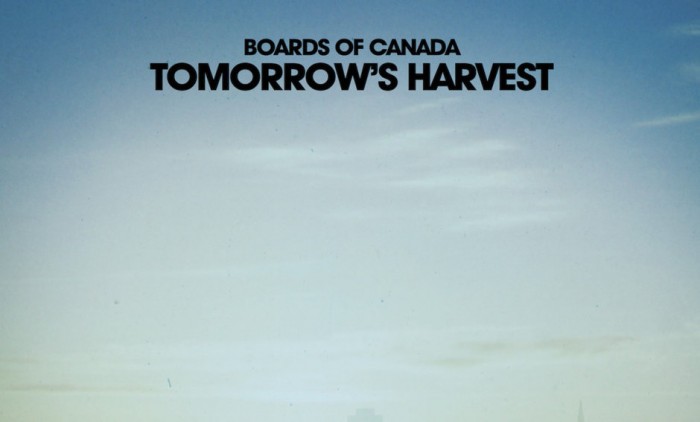
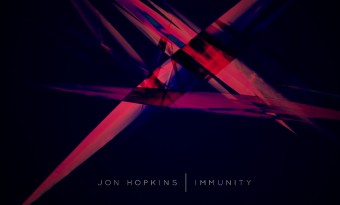
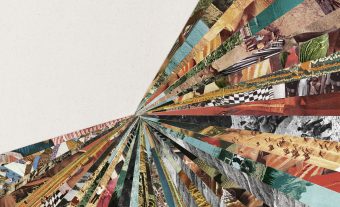
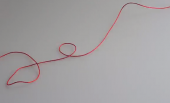

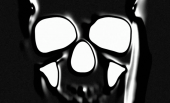
Follow us
Follow us on Facebook Follow us on Twitter Follow us on Google+ Subscribe our newsletter Add us to your feeds